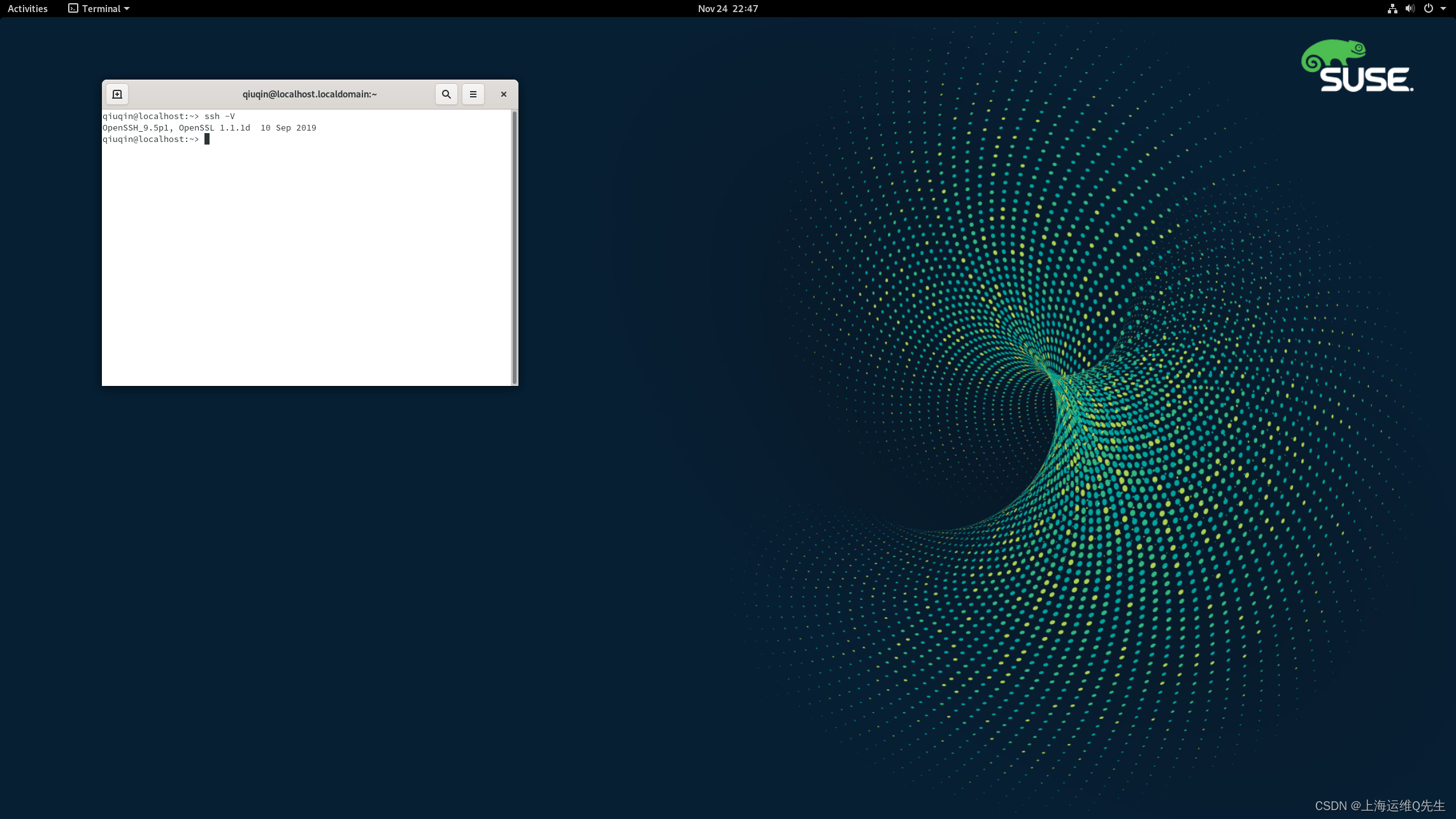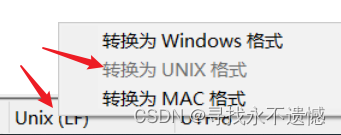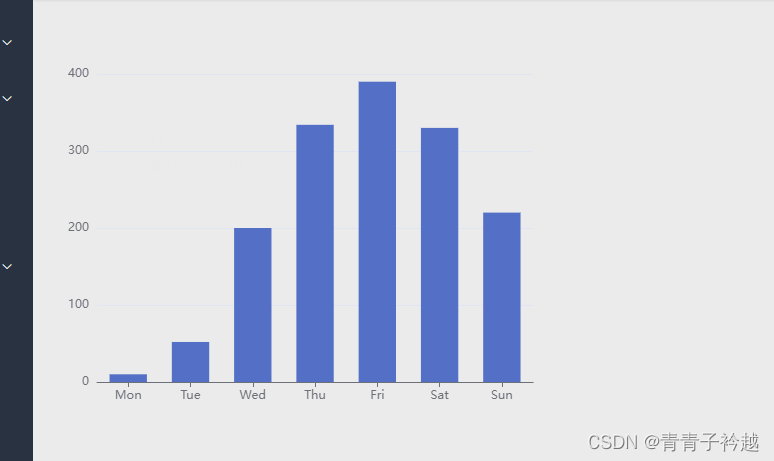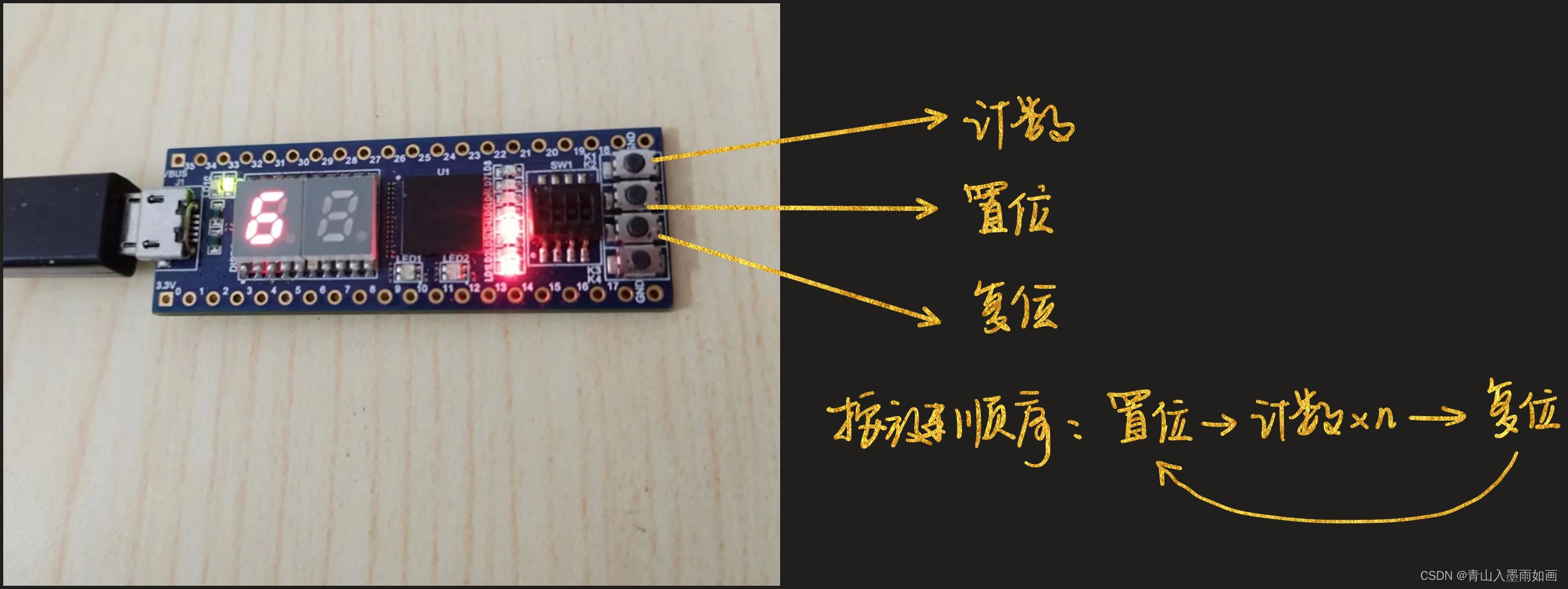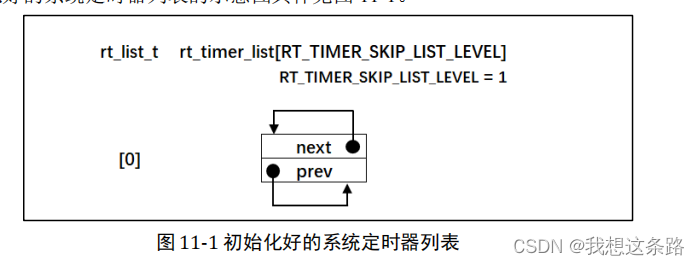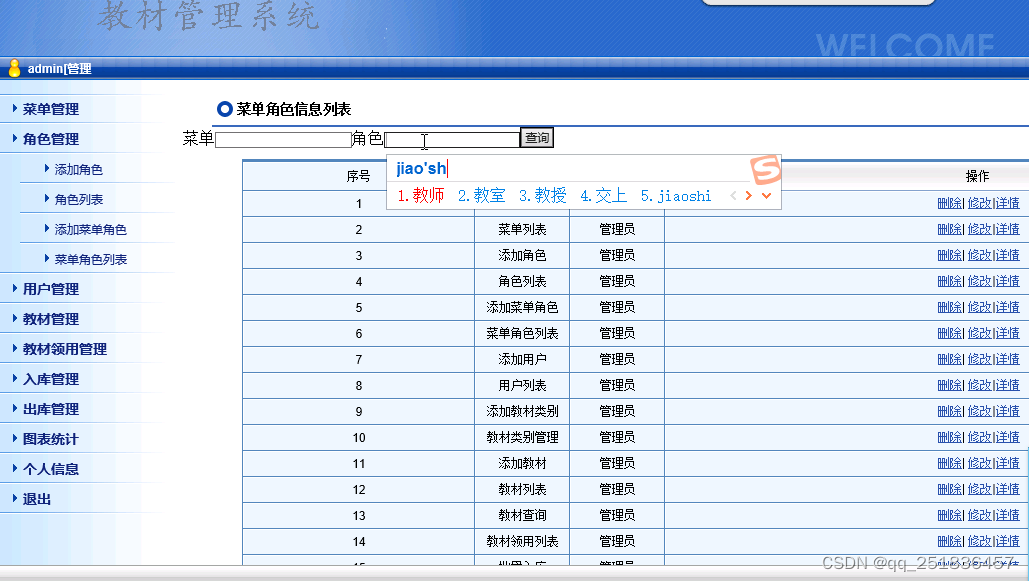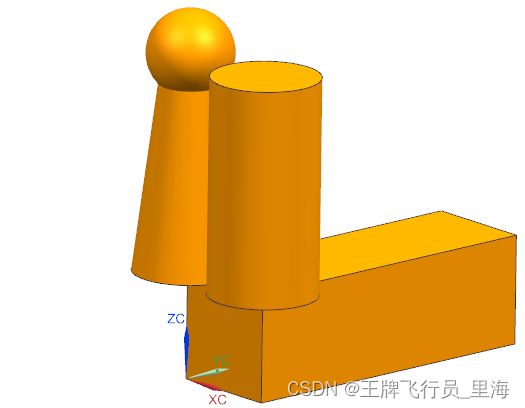vue3中引入svg矢量图
- 1、前言
- 2、安装SVG依赖插件
- 3、在vite.config.ts 中配置插件
- 4、main.ts入口文件导入
- 5、使用svg
- 5.1 在src/assets/icons文件夹下引入svg矢量图
- 5.2 在src/components目录下创建一个SvgIcon组件
- 5.3 封装成全局组件,在src文件夹下创建plugin/index.ts
- 5.4 在main.ts中引入plugin/index.ts文件
- 5.5 在页面使用
1、前言
在项目开发过程中,我们经常会用到svg矢量图,而且我们使用svg以后,页面上加载的不再是图片资源,这对页面性能来说是个很大的提升,而且我们svg文件比img要小的很多,放在项目中几乎不占用资源。
2、安装SVG依赖插件
npm install vite-plugin-svg-icons -D
或
yarn add vite-plugin-svg-icons -D
或
pnpm install vite-plugin-svg-icons -D
3、在vite.config.ts 中配置插件
import { createSvgIconsPlugin } from 'vite-plugin-svg-icons'
import path from 'path'
export default () => {
return {
plugins: [
createSvgIconsPlugin({
iconDirs: [path.resolve(process.cwd(), 'src/assets/icons')],
symbolId: 'icon-[dir]-[name]',
}),
],
}
}
4、main.ts入口文件导入
import 'virtual:svg-icons-register'
5、使用svg
5.1 在src/assets/icons文件夹下引入svg矢量图

5.2 在src/components目录下创建一个SvgIcon组件
<template>
<svg :style="{ width, height }">
<use :xlink:href="prefix + name" :fill="color"></use>
</svg>
</template>
<script setup>
defineProps({
// 是否显示
prefix: {
type: String,
default: '#icon-',
},
name: String,
color: {
type: String,
default: '#000',
},
width: {
type: String,
default: '16px',
},
height: {
type: String,
default: '16px',
},
})
</script>
<style lang='scss' scoped></style>
5.3 封装成全局组件,在src文件夹下创建plugin/index.ts
//引入项目中的全局组件
import SvgIcon from '@/components/svgIcon.vue'
//全局对象
const allGlobalComponents = { SvgIcon }
//对外暴露插件对象
export default {
install(app) {
//注册项目的全部组件
Object.keys(allGlobalComponents).forEach((key) => {
//注册为全局组件
app.component(key, allGlobalComponents[key])
})
},
}
5.4 在main.ts中引入plugin/index.ts文件
import GlobalComponents from '@/plugin'
app.use(GlobalComponents)
5.5 在页面使用
<svg-icon name="tick" width="20px" height="20px"></svg-icon>




